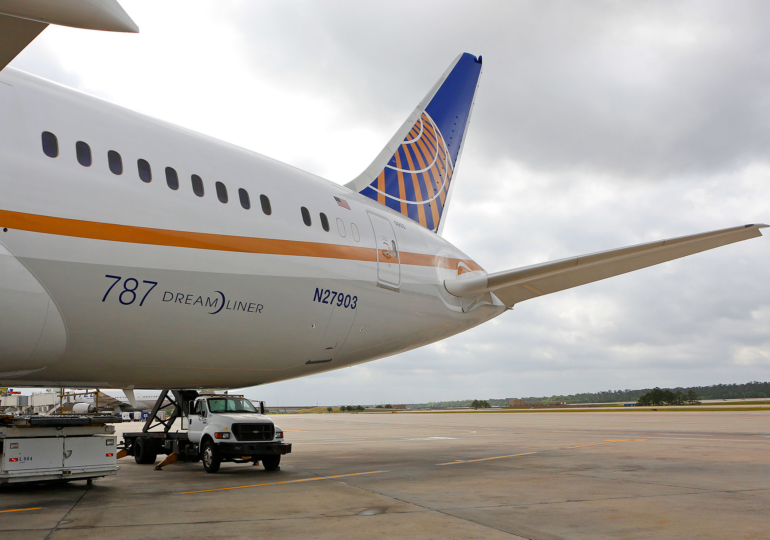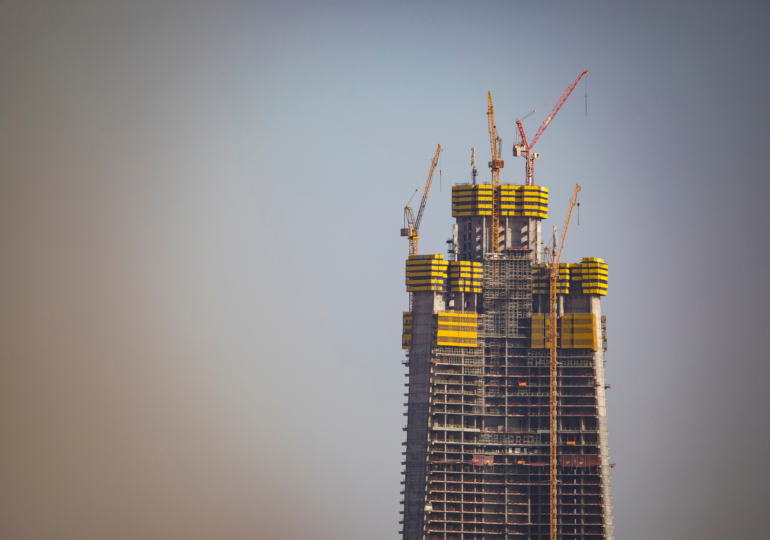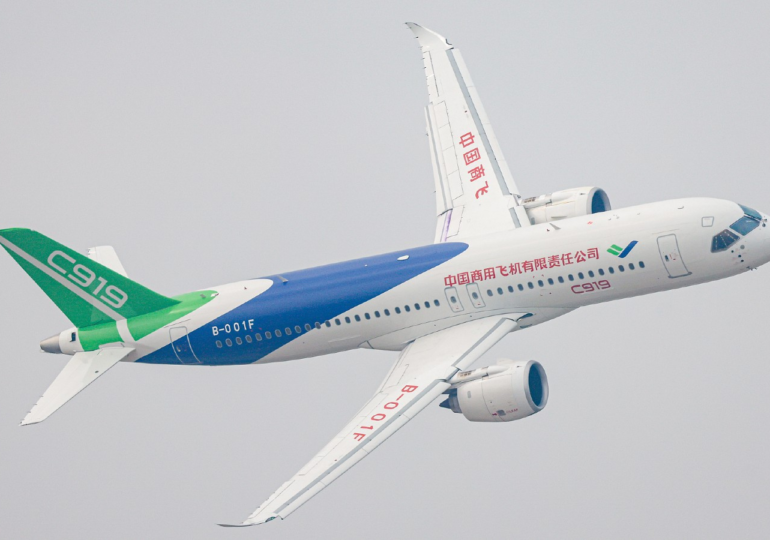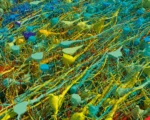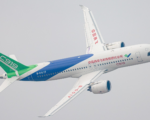Airlines Aim to Cut Tarmac Time with Smarter Gate Allocation
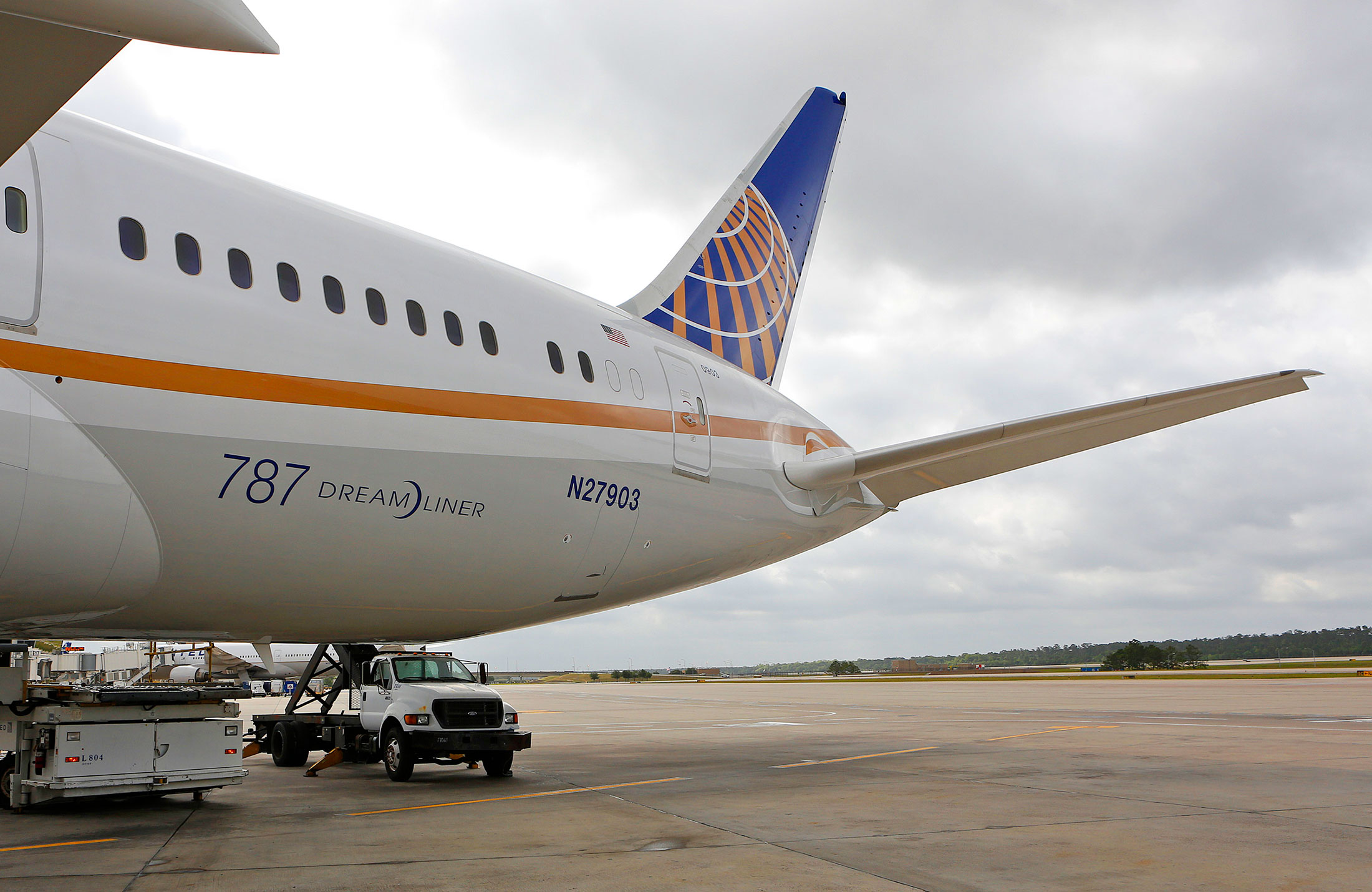
Airlines are exploring innovative ways to reduce time spent on the tarmac, with new technologies aimed at improving gate allocation. This seemingly simple task involves a complex calculation that can drastically affect aircraft taxi times, airport congestion, and even fuel emissions. According to Dr. Joseph Doetsch, quantum computing lead at Lufthansa Industry Solutions, the number of possible gate configurations is staggering, with more than 570 billion possibilities for 15 gates and 10 airplanes. Optimizing gate allocation can help ensure that travelers spend less time waiting and help airlines reduce their environmental impact.
Traditionally, gate assignments are made well in advance, often up to a year before a flight. However, final gate decisions are revisited closer to the actual travel date, with adjustments made on the day of the flight to account for delays, changing traffic conditions, and a host of other factors.
Complex Priorities and Constraints
Gate allocation requires balancing numerous priorities. As George Richardson, co-founder of AeroCloud, notes, certain airlines might prioritize gates close to their lounges or facilities, while budget carriers may opt for more cost-effective remote stands. Other considerations include flight connections, aircraft size, and the expected runway assignment. Delayed flights can add further complexity, forcing last-minute reassignment of gates and occasionally leading to flight cancellations.
Despite the complexity, many airports still rely on manual systems to manage this process. In a survey conducted by AeroCloud, 40% of airport executives admitted to using basic tools like Excel and Word documents for gate management.
Machine Learning and Smart Gating
Airlines are beginning to invest in more advanced solutions to streamline gate allocation. For instance, American Airlines introduced Smart Gating at Dallas Fort Worth International Airport. This system uses machine learning to assign arriving aircraft to the nearest available gate, minimizing taxi times. The new process, which used to take around four hours, now takes just 10 minutes and has reduced aircraft taxi times by 20%, saving about 1.4 million gallons of jet fuel annually.
Quantum Computing: The Next Frontier
Lufthansa Industry Solutions is pushing the envelope further with quantum computing. This cutting-edge technology, which uses quibits to solve complex problems much faster than traditional computers, could revolutionize gate allocation. Dr. Doetsch believes quantum computing can offer real-time, optimal solutions even as external factors change. Early trials have shown that quantum algorithms could reduce passenger transit times by nearly 50%. Although still in its early stages, quantum computing could significantly enhance airport efficiency and reduce the need for physical airport expansion.
As global airports face increasing pressure on their capacity, advanced technologies like machine learning and quantum computing may be key to maximizing existing resources and improving the overall travel experience.


